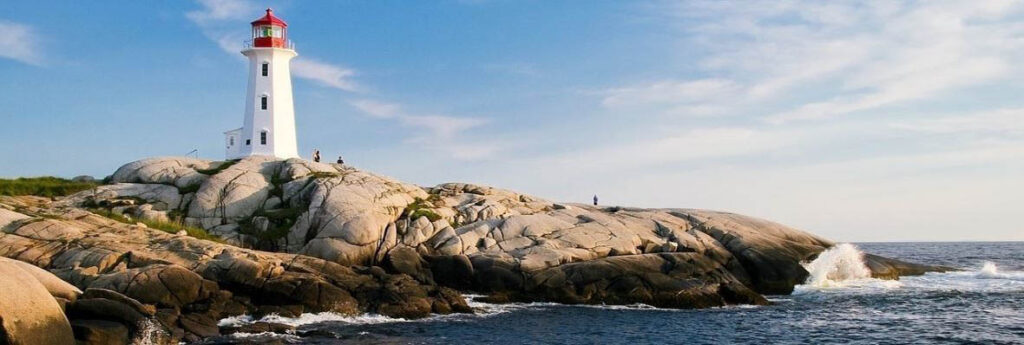As Canadians gear up to celebrate Canada Day on Saturday, CheapOair.ca got to thinking about the most unique Canadian attractions that have earned worldwide attention. And with its self-declared mission to “educate and aid consumers and travel professionals in planning their travel accommodations,” the online travel agency asked its staff to select their most iconic Canadian attractions from the north to the south, east to west and all points in between.
“From fireworks to barbecuing, nothing else quite commemorates the start of summer holidays quite like Canada Day,” said Daniel Hayter, Senior Product Manager for CheapOair.ca. “To have fun in advance of the holiday, we researched the top attractions and landmarks that have elevated Canada’s profile for their uniqueness and high volume of visitors.”
Their selections:
In the North: The Northern Lights
The Northwest Territories ranks as the second largest Canadian province and is known for more off the beaten track adventures. But what makes the province and more specifically the capital city of Yellowknife truly unique is that it is one of the best places in the world to view the Aurora Borealis.
Due to its proximity to the north magnetic pole, the city has its own space weather alert system to update the tiny Northern Lighthouses with the latest information. It is truly one of nature’s wonders.
In the South: The CN Tower
Standing at 1,815 feet high, the CN Tower is recognized as one of the Seven Wonders of the Modern World and Ontario’s most iconic attraction. At 117,910 metric tonnes, this former tallest free-standing structure in the western hemisphere features a rotating 360-degree restaurant, observation tower, and the world’s highest full-circle hands-free walk – the first attraction of its kind in North America.
In Quebec: Notre-Dame Basilica
Located in the historic Old Montreal district, Notre-Dame Basilica has been one of the city’s most popular attractions since it first opened its doors on July 1, 1829. Recognized as the first Gothic Revival style church in Canada, the basilica was designated a National Historic Site of Canada in 1989 and hosts millions of visitors annually. The religious, historical, and artistic importance highlights Quebec’s heritage and hosts a number of festivals and light shows each year.
East Coast: Whale-Watching in the Bay of Fundy
Located between New Brunswick and Nova Scotia, the Bay of Fundy is renowned for featuring a variety of nature’s largest marine mammals. During the summer and early fall, visitors will be treated to views of Minke, Humpback, Finback and North Atlantic Right Whales that frequent the area. Along with these majestic creatures, visitors will find dolphins, seals, and sea birds in abundance. To preserve and conserve the ecosystem for future generations, the Bay is a member of the Global Geoparks Network, a UNESCO initiative focussed on the planet’s geological heritage.
West Coast: Dinosaur Provincial Park
Now here is something to roar about. Located at the heart of Alberta’s badlands lies Dinosaur Provincial Park, featuring over 44 dinosaur fossil samples discovered from over 75 million years ago.
On Oct. 26, 1979, the Provincial Park was declared a World Heritage Site by the United Nations Educational, Scientific and Cultural Organization (UNESCO.) and today, five of the dinosaur bones discovered are so unique to the world that they hold official Guinness World Records.
Fast facts
• Canada Day commemorates the anniversary of the Constitution Act, which consolidated three territories into the single nation of Canada back in 1867. Originally called Dominion Day in 1879, it wasn’t until the 100th anniversary that interest increased in Canadian patriotism and related celebrations. While locals would refer to it as Canada Day for short, the name wasn’t made officially until 1982.

